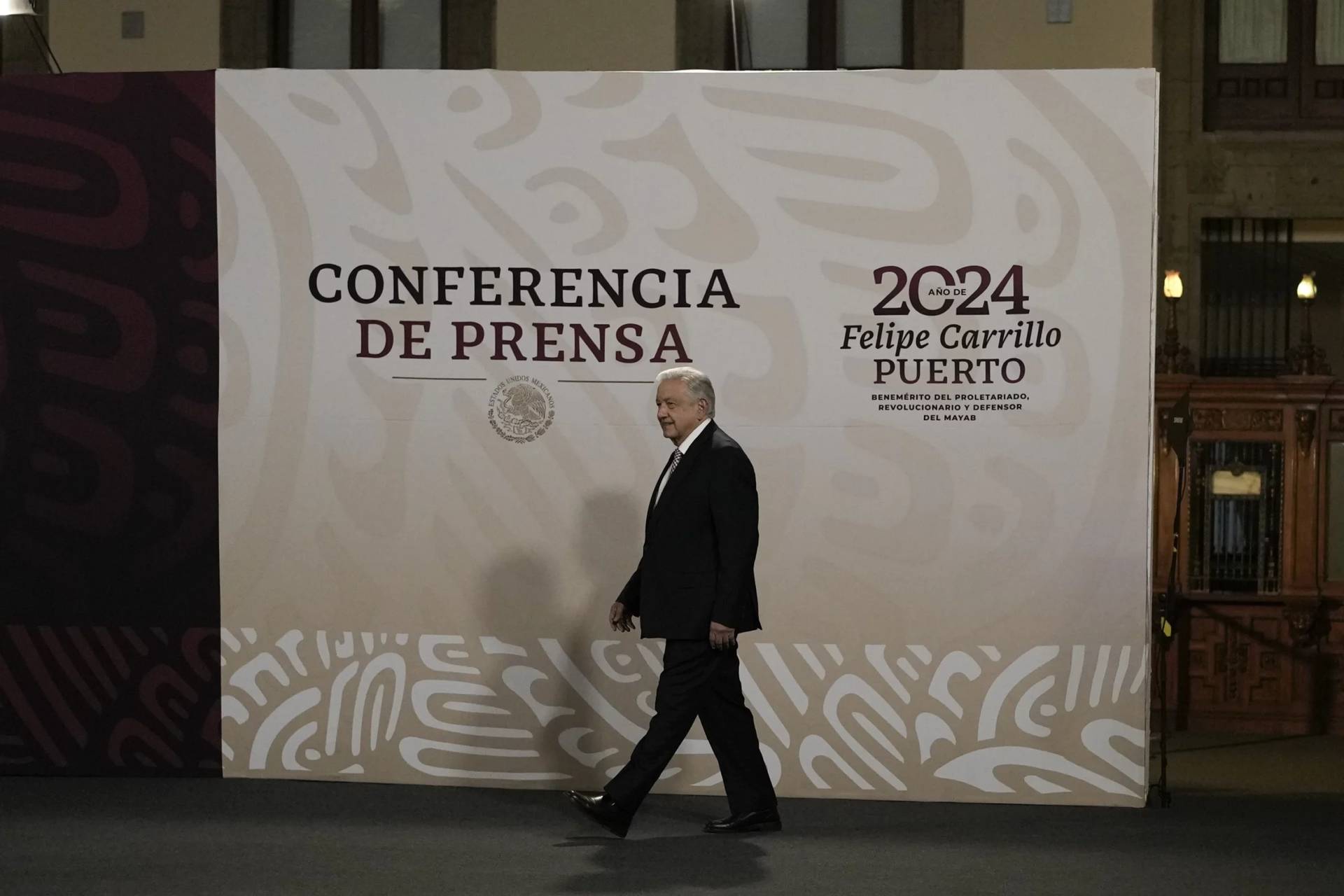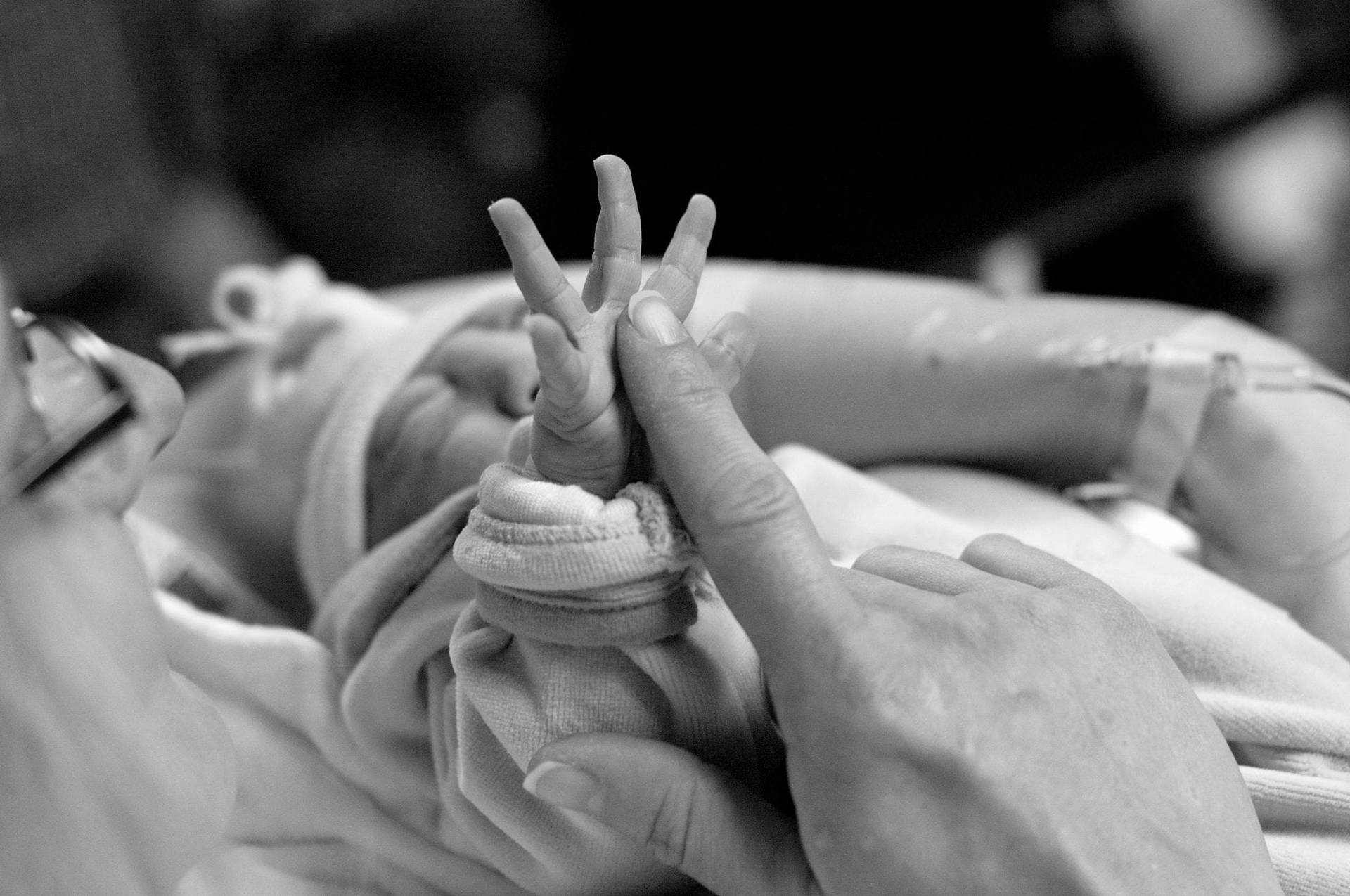It was morning Mass at Christ the Redeemer Catholic Church, and rows of children — well-scrubbed, uniformed scholars at the church’s new elementary school — silently fidgeted as they awaited the homily from the parish priest, the Rev. Sean Horrigan.
Horrigan, a large man in emerald green vestment, laid out the ABC’s of mastering the “Three R’s.” But with nurturing warmth reminiscent of “Mister Rogers’ Neighborhood,” he added another letter to the alphabet soup of the parochial school’s curriculum.
“L,” he told the group, “stands for ‘love.’ ”
“Say a prayer,” Horrigan admonished. “Do your best to get an ‘A,’ but also strive for an ‘L.’ Let ‘L’ lead you, because love never fails.”
Now four weeks into its first year, the Cypress-Fairbanks-area campus offering pre-kindergarten to fourth-grade classes is emblematic of demographic changes transforming Roman Catholic education.
Once immigrant strongholds in the heart of the nation’s oldest cities, inner-city parochial schools increasingly are closing, consolidating or relocating as the faithful disperse first to the suburbs, then, often, to economically vibrant Sun Belt communities.
Christ the Redeemer is the Galveston-Houston Catholic Archdiocese’s second suburban school to open in just two years. And despite the closing or consolidation of four inner-city schools in 2009, the 167-year-old system, with its almost 19,000 students in 61 schools, remains the state’s largest parochial school district. The current school year started with a waiting list, and education officials confirm that they are exploring opening more campuses.
Nationally, though, the fate of Catholic schools seems less clear.
Since 2004, the Rev. Robert Bimonte, president of the National Catholic Educational Association, said 1,300 elementary schools have closed or consolidated. While 347 new schools have opened, most of the growth has taken place in southern, southwestern and western states, far from the traditional immigrant Catholic enclaves of the Northeast and Midwest.
“People have to follow their jobs,” Bimonte told the Houston Chronicle (http://bit.ly/1ymfd1Y ). “Before they moved South, they moved to the suburbs.”
Only 13 of Galveston-Houston Archdiocese’s schools, or about 20 percent, remain in inner-city neighborhoods.
Cypress-Fairbanks, home to Christ the Redeemer, is one of Harris County’s fastest-growing unincorporated communities. According to the last U.S. Census, the area grew by 70 percent in just 10 years, tallying a population in excess of 600,000. The public Cy-Fair Independent School District, the state’s third-largest, this year enrolled more than 100,000 students.
In the face of such jarring demographic shifts, the need for some options — Catholic schools, specifically — remains eternal, said archdiocese school Superintendent Julie Vogel, who oversees campuses in a 10-county region.
“I don’t think the need has ever changed,” Vogel said. “I don’t think the mission has ever changed. I believe parents who raise their kids in a faith-based setting always have been part of who we are.”
Vogel, 49, this summer came to head the Houston-area parochial system from Portland, Ore., where she spent 14 years with Catholic schools. As a principal, she was credited with turning around a struggling school, increasing enrollment by 74 percent in a single year and eliminating debt while maintaining key academic programs. Most recently, she was the Portland system’s director of instructional services and accreditation.
Vogel’s immersion in the local parochial system was swift.
“My short-term goal right now is to really have a clear sense of what’s happening in Galveston and Houston,” she said. “I don’t want to make any decisions until I have that background.”
Already she has visited 10 schools, including Christ the Redeemer, meeting faculty, students, parents and priests. “I want to meet each particular community. We are united in faith, but there are subtleties,” she said.
School system leaders are open to building inner-city schools if demand is sufficient, Vogel said.
“We are carefully watching the inner city as well as the suburbs and are committed to providing a Catholic education in any location where there is interest,” she said.
Vogel said she was struck by the ethnic diversity of the Houston area and its parochial schools.
Since the 2009-10 school year, Hispanic enrollment has grown from 29 percent to 34 percent in elementary schools and from 22 percent to 29 percent in high schools. African-American enrollment held steady at 8 percent in elementary schools and increased 1 percentage point to 9 percent in high schools. Total system enrollment grew from 16,995 in 2004-05 to 18,902.
Horrigan said his parish, where 172 students are enrolled in the new school, reflects the diversity of the larger Houston community.
“We’re not a private school; we’re a Catholic school,” he said, “and the mission of Christ the Redeemer looks a lot like that of the church. Our archdiocese is one of the most diverse in the country. The mission is to be open to all people, to respect the dignity of the human person. They are created in the image of God, regardless of skin color. They are all part of the body of Christ.”
Construction of the school grew out of a 2008 master plan that pinpointed optimum neighborhoods for new schools. Since then, the archdiocese also has opened Frassati Catholic High School in suburban Spring and Cristo Rey Jesuit College Prep School in an inner-city neighborhood near Hobby Airport.
Still, in 2009, the same year Cristo Rey opened, the archdiocese closed or consolidated four schools in low-income, inner-city neighborhoods, spawning accusations that it was seeking to serve the affluent at the expense of the poor.
“It’s a sin of omission,” C.E. Johnson, a school board member at one of the affected schools, said at the time. “You see a problem, and you do nothing about it.”
Cardinal Daniel DiNardo defended the action, saying the schools targeted for closure suffered dwindling enrollment, financial pressures and, in some cases, aging infrastructure.
Locally and nationally, Catholic education leaders said, parent demand is among the strongest determining factors of where schools will be built.
When French missionary the Rev. Jean Marie Odin arrived in Galveston in 1840, he was surprised to find that Catholic parents had opened their own religious schools in Galveston, Houston and Victoria without the help of priests.
At Christ the Redeemer, said principal Betty Sierra, parish parents have helped shape the school from its inception.
“They have beaten down the doors to volunteer,” she said. “They really want to be involved. They want to make sure they’re part of it.”
The new school opened its doors early last year as a facility for the religious training of more than 2,000 parish youngsters. Plans, Sierra said, called for expanding it to offer pre-K through third-grade instruction, possibly in the 2015-16 school year. Parent demand, though, accelerated the process, the principal said.
“Third grade came up on the radar,” added Horrigan. “As we took the plunge into third grade, the response from parents was tremendous. I had 15 or 18 emails saying that if we’d open fourth-grade classes they would provide the kids.”
Plans call for adding a grade level each year up to eighth grade.
___
Information from: Houston Chronicle, http://www.houstonchronicle.com
















